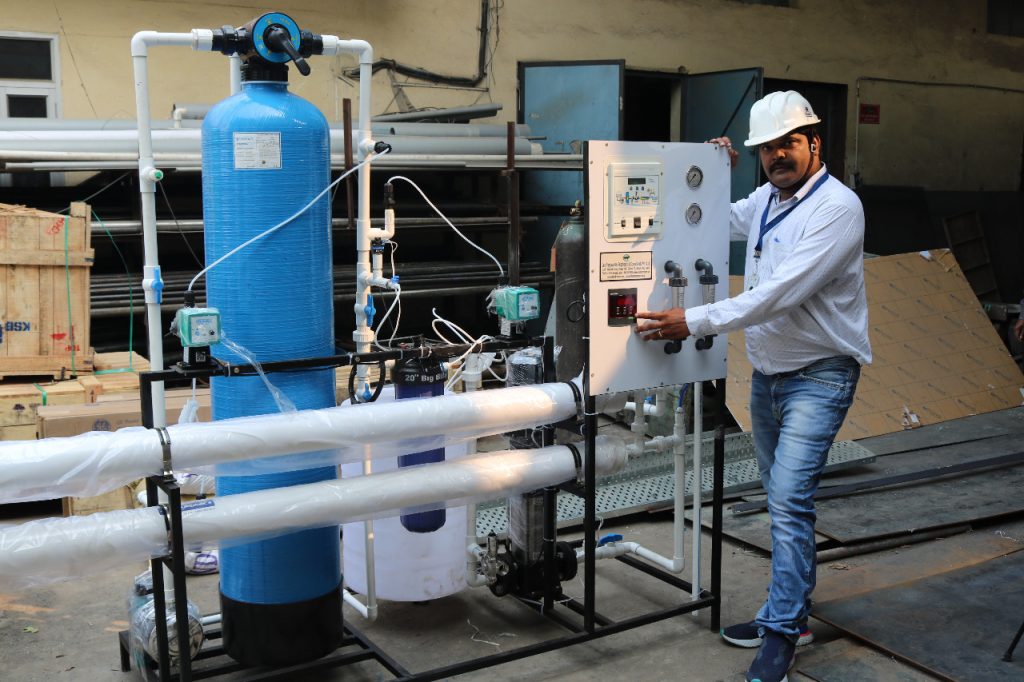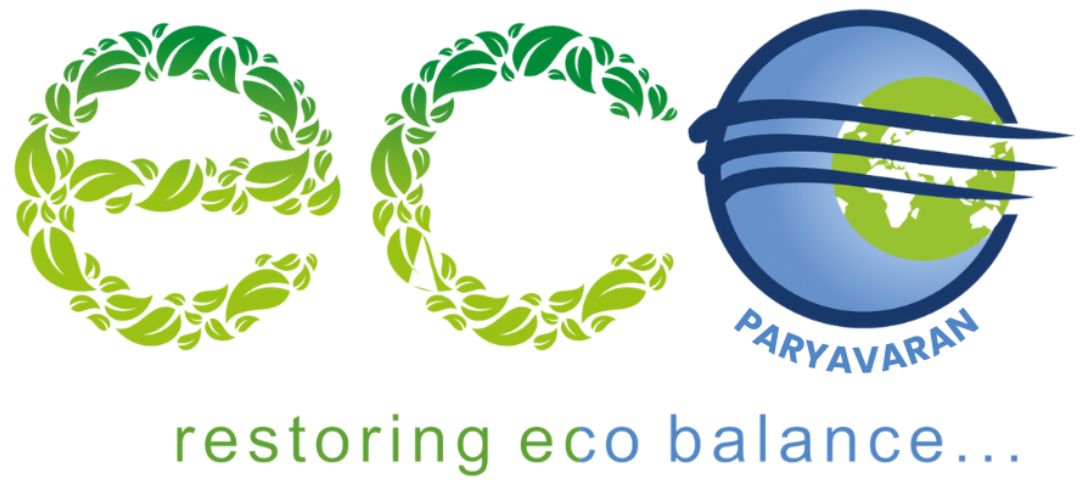
Why Reverse Osmosis Plants
Reverse Osmosis Plants have become an integral part of our lives today. The term ‘Osmosis’ is derived from the Greek word ‘osmos’ which means ‘to push’. In modern environmental sciences, Reverse Osmosis is a popular technique being used across nations and is really beneficial in the purification of water, as well as the removal of salts and other impurities from it. Also used in households quite commonly, this process also helps improve other properties of the solution like color, odor, etc.
Water Purification Technology in the 21st Century
RO Plants, also known as Reverse Osmosis Plants, are based on the membrane-technology filtration method through which many types of large molecules and ions can be removed/separated from the solution by applying pressure when it is on one side of a selective membrane. This results in the solute getting retained on the pressurized side of the membrane so that the pure solvent can be allowed to pass through to the other side of the membrane. Though the membrane doesn’t allow large molecules/ions to pass through the holes (or poles) it does allow the smaller components of the solution e.g. the solvent to pass through easily.
Principle of Reverse Osmosis
In the general form, Reverse Osmosis is a natural process that separates two liquids of different concentrations from each other with the help of a semi-permeable membrane, due to the fluids’ tendency to move from ‘Low to High Solute Concentrations’ for chemical potential equilibrium. The process of Osmosis clearly depicts the movement of solvent between two solutions separated by a permeable membrane, as it reduces the concentration differences between the solutions.
"When two solutions with different concentrations of a solute are mixed, the total amount of solutes in the two solutions will be equally distributed in the total amount of solvent from the two solutions. Instead of combining the two solutions, they can be placed in two chambers where they are isolated from each other with a semipermeable layer i.e. the membrane. This semi-permeable membrane doesn't allow the solutes to move from one compartment to the other but allows the solvent to move."
Advantages of Reverse Osmosis
Our superior-quality Reverse Osmosis Plants at Eco Paryavaran have many features & benefits along with customized solutions as per your needs, that include, but are not limited to:
- Expels ions & contaminants from the solvent actively.
- Reduces water that meets the most critical specifications.
- Enables the membrane to constantly clean itself automatically.
- Pushes the higher pressure fluid from the pump through the membrane
- Rejects the bacteria, salts, sugars, proteins, particles, dyes and other constituents efficiently.
- Operates in multiple molecular weights.
Applications of Reverse Osmosis
Drinking Water Purification
Used Worldwide in Household Drinking Water Purification Systems Commonly Used for Improving Water for Drinking and Cooking
Water and Wastewater Purification
Rainwater gathered from rain drains is filtered with reverse osmosis water processors and used for landscape irrigation and industrial cooling, as a solution to the problem of water shortages.
Food Industry
Compared to the conventional heat-treatment processes, reverse osmosis is more cost-effective in desalination & concentration of food liquids like juices as the study suggests. It is also more suitable for heat-sensitive substances like protein & enzymes that are found in most of the food products. Its benefits include ‘Low Operating Costs & the Ability to Avoid Heat-treatment Processes’.
Hydrogen Production
For small-scale production of hydrogen, reverse osmosis is occasionally used to prevent the formation of minerals on the surface of electrodes.
Reef Aquariums
An effective blend of reverse osmosis and deionization (RO/DI ) is highly popular among reef aquarium keepers as it provides safe water to the sensitive organisms living in the aquarium.
Car Washing
Owing to its lower mineral content, Reverse Osmosis Water is often used by car-washing agencies when the final rinsing to prevent water-spotting on the vehicle. Reverse osmosis is also used to save & recycle water within regions where water resources are scarce or where water conservation is mandatory, e.g. drought-stricken regions. Reverse osmosis water also allows the car wash operative to reduce the use of vehicle drying equipment like air blowers.
Affordable Reverse Osmosis Plants by Eco Paryavaran
- From 200 to 50000 LPH and even more, our wide variety of RO & UF Plants answer all your needs. Our well-designed pretreatment and PLC / Controller based automation are done as per the specific requirements and are available in ‘Economy’ and ‘Premium’ versions.
- We also supply fully-automatic Cabinet Type RO filtration plants that are devised and packaged in large standardized containers, thus making them compact & aesthetically superior. The precision equipment and other component part are enclosed in MS powder-coated box. Our Cabinet type RO UF plants include, but are not limited to 50 LPH, 100 LPH, 200 LPH, 500 LPH & 1000 LPH. They can also be configured in small capacities and customized as per the client’s requirements.

